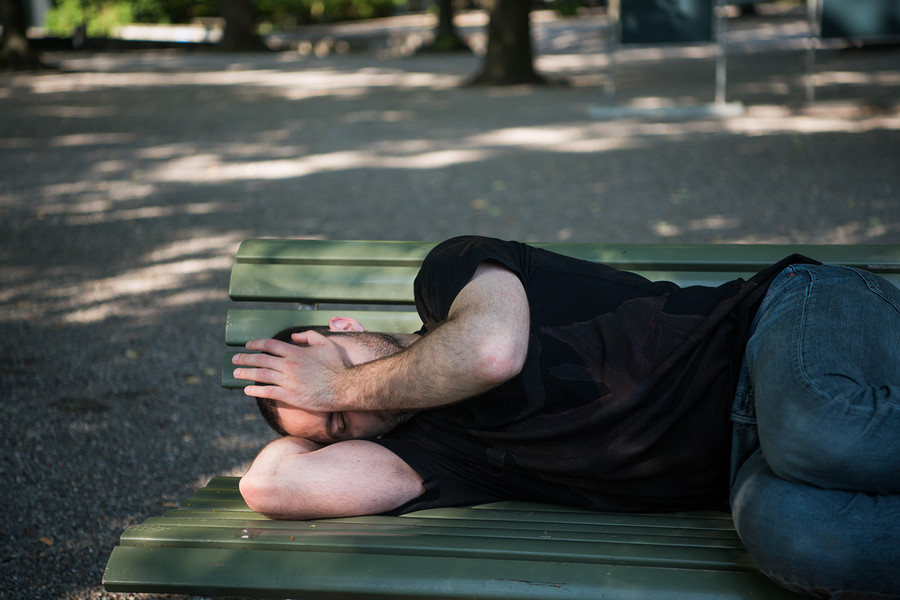According to Forbes, the cost of university has increased almost eight times faster than wages. What does this mean for students?
Photo: Bigstock
In previews articles, we have talked about a crisis in the United States: students who live in poverty and do not have enough to eat or pay rent.
According to the U.S Department of Education, the number of homeless students has increased by 70% in the last ten years and 10% or more in 20 states.
Even so, the true magnitude of the problem is unknown since there is not enough background for data collection and many students decline to participate due to fear of discovering their precarious situation.
The effects on students
The lack of security in obtaining basic needs, such as housing and food, results in low academic performance, according to the HOPE Center, an organization focused on investigating the needs of university students.
In addition to Hope, the federal investigation brings together other research that associates the lack of food and homelessness with poor health, symptoms of depression and stress. However, more information is needed to determine the potential long term effects.
On the other hand, the government is working to understand the impact that this situation has on students and their likelihood of graduating, which is why they initiated the “Every Student Succeeds Act,” or ESSA. This law obliges schools to deliver report cards of students in vulnerable situations, including the graduation rate, to know the real impact on student performance.
Possible solutions
Although each case is different, a first step to know the real impact and number of students is to have better data collection and for this, support programs are needed to detect and support students who are more vulnerable, because in most cases, students themselves often hide their situation.
According to “Still hungry and homeless in college”, a report by the Hope Center, 5 to 7 percent of the students surveyed said they did not experience homelessness, however, they admitted having to stay on someone’s couch because they had no place to spend the night, which is an index of insecurity about their housing situation.
Knowing the exact situation behind each student can help institutions and schools to better support them by designing new programs or using an existing one.
The Hope Center proposes three types of possible solutions:
-
Driven by students. These are actions taken by students for students by creating programs such as CUFBA, Callah; shelters such as Bruin, movements like the “National students against hunger and homelessness through education” or by being informed and advocates for their peers.
-
Driven by universities. Institutions must begin to make more efforts in obtaining data to know the actual number of students in vulnerable situations. With that information, it will be easier for them to allocate resources where they are most needed. The Hope Center created a guide on how to assess the security of basic needs.
Higher Ed institutions can also rely on programs created by students or civil associations to reach a higher number of affected people. Some examples are DePaul University, the Tacoma community college or several institutions in Houston that have food banks.
-
Driven by lawmakers. Although the Department of Education is focusing on gathering information, it is critical to connect programs with the students and modify the requirements to obtain support.
Due to a large number of students, creating scholarships that cover accommodation for all students is not possible, but the government can create incentives aimed at universities capable of generating different supports for all students to graduate.
Creating a safe environment for students is vital, not only to ensure their graduation but also for their professional success. Bringing together students, schools and lawmakers is vital to obtain as much information as possible and create an action plan that supports all students.
This article from Observatory of the Institute for the Future of Education may be shared under the terms of the license CC BY-NC-SA 4.0 
)
)







)
Paola Villafuerte
Paola Villafuerte
Paola Villafuerte